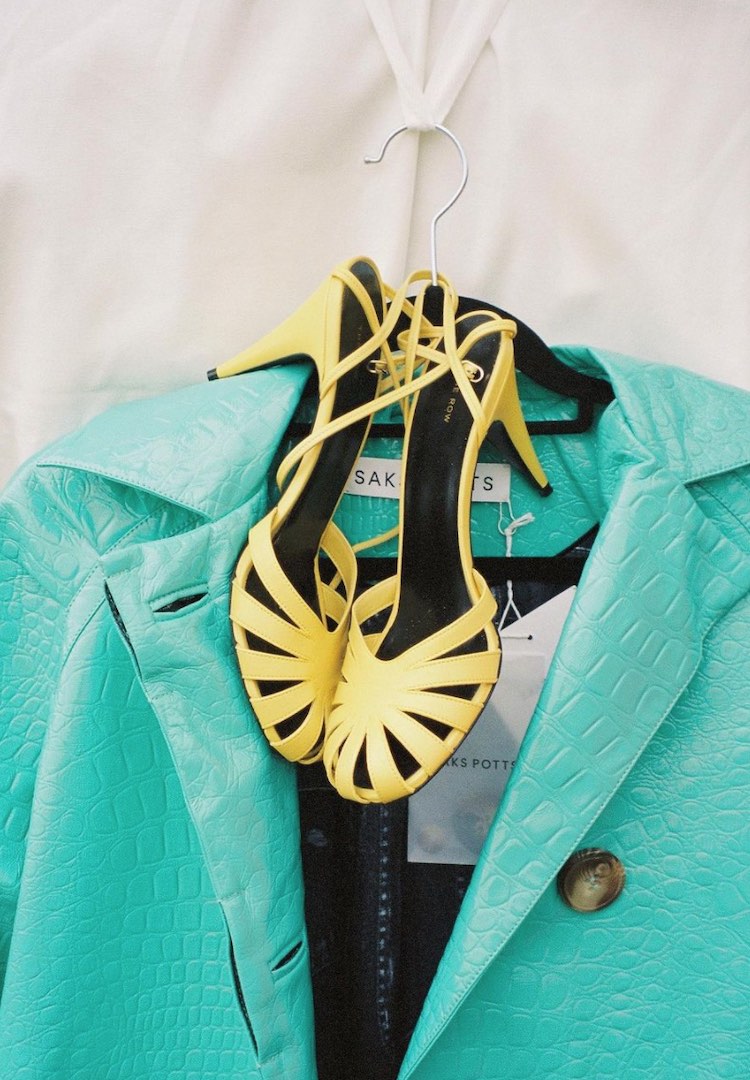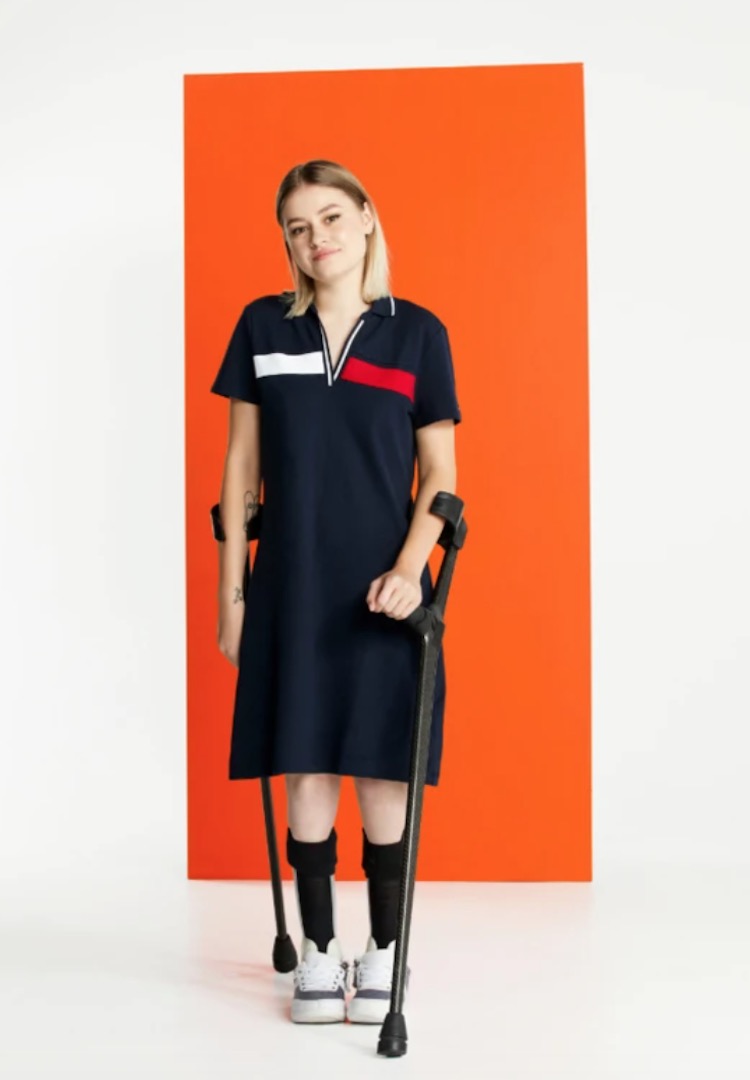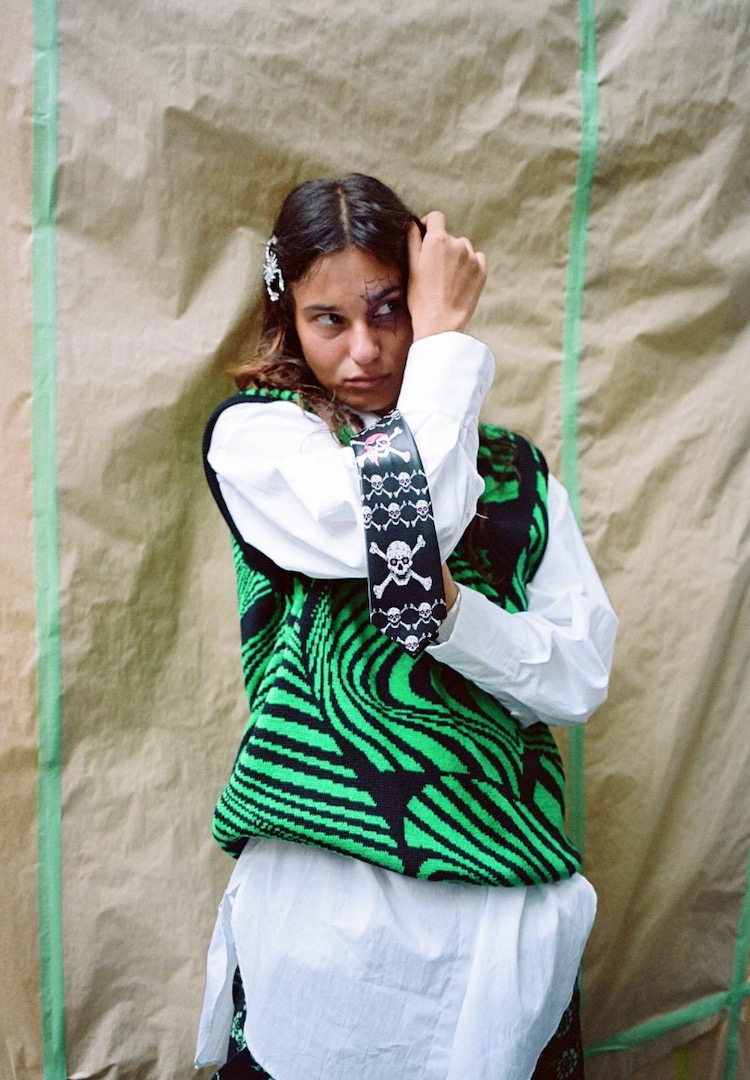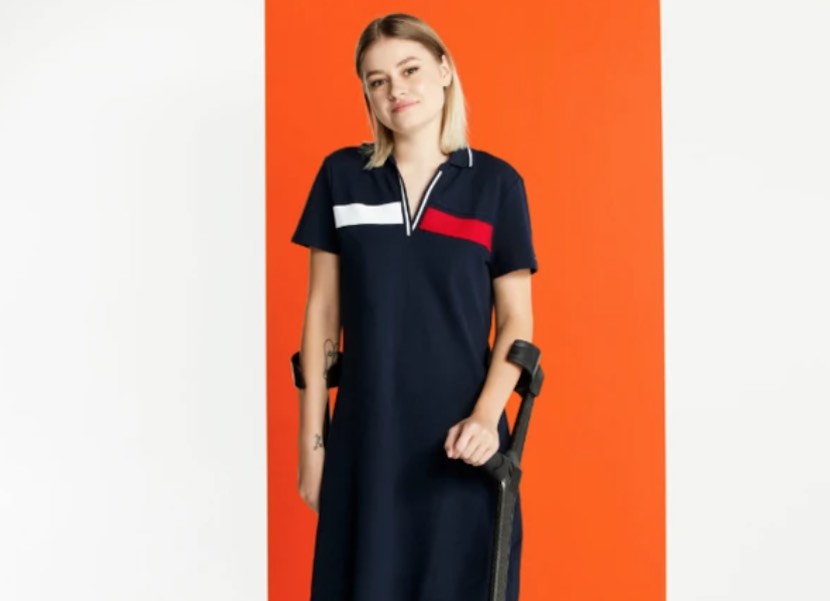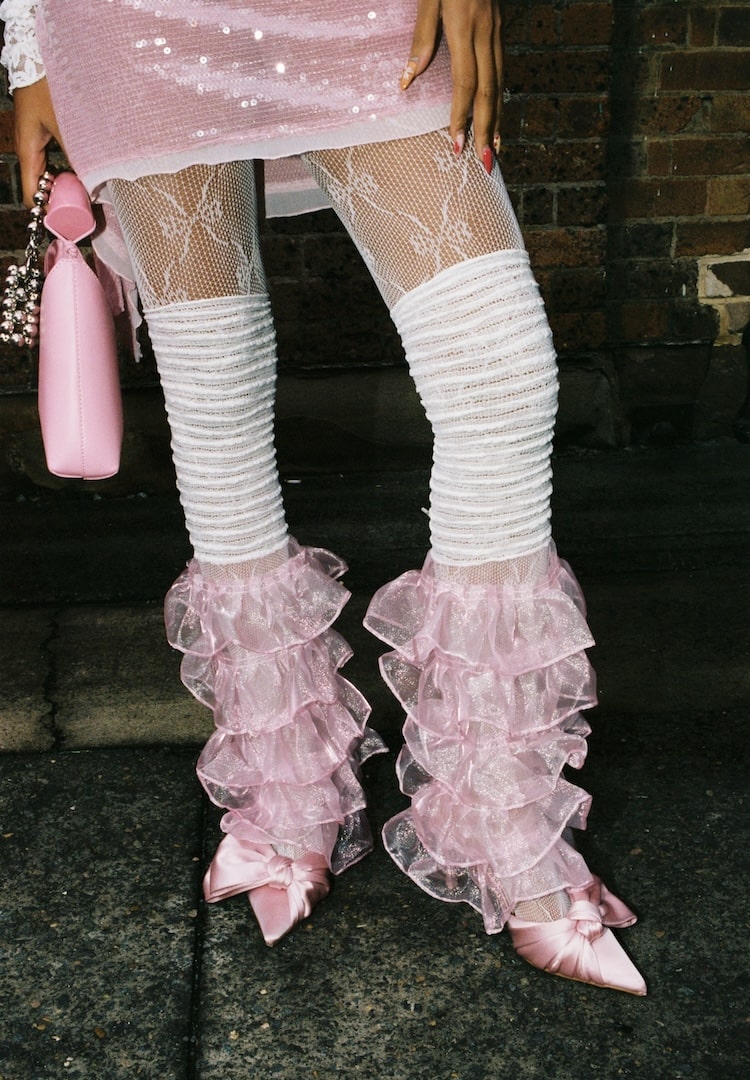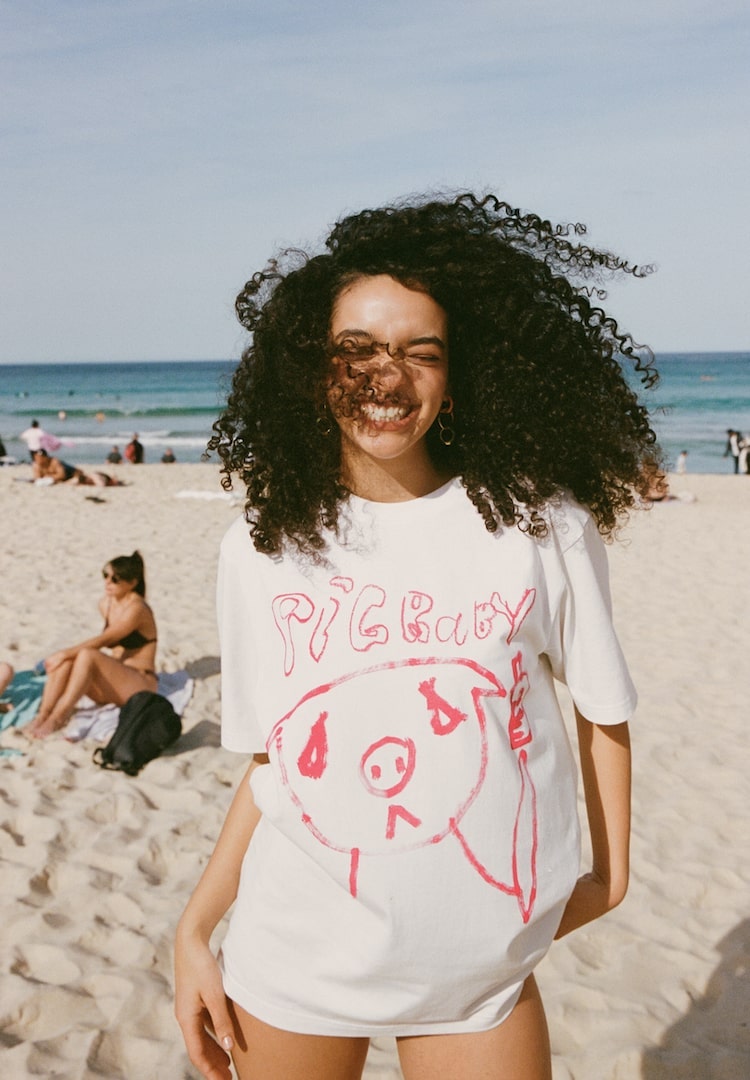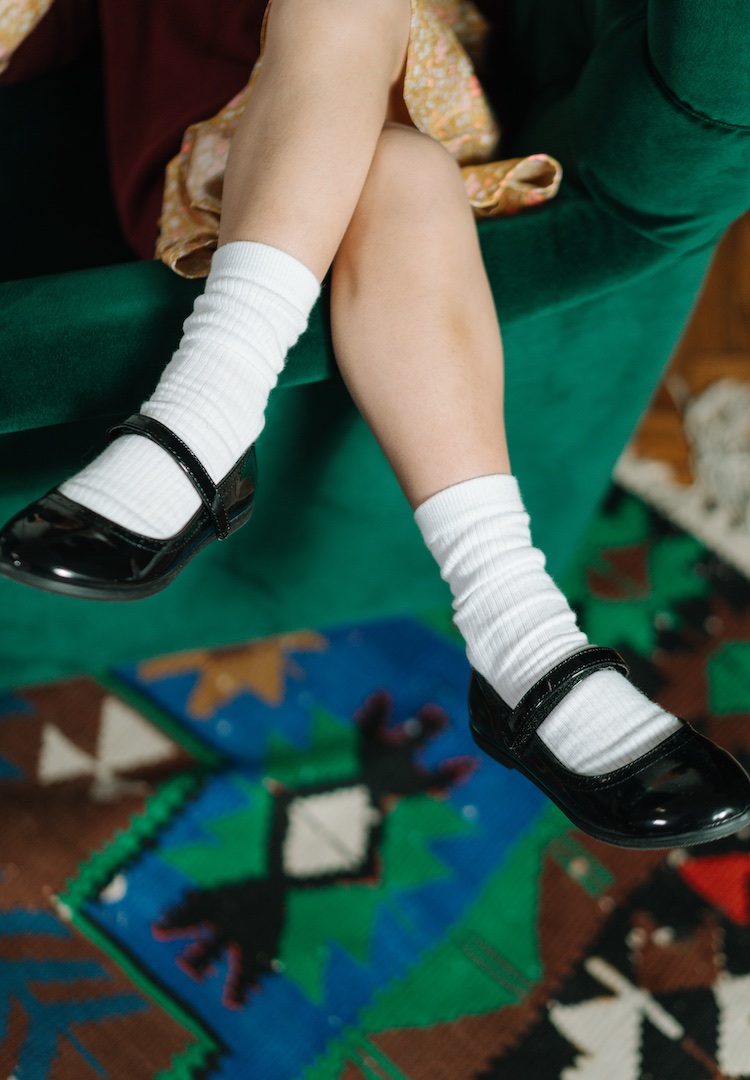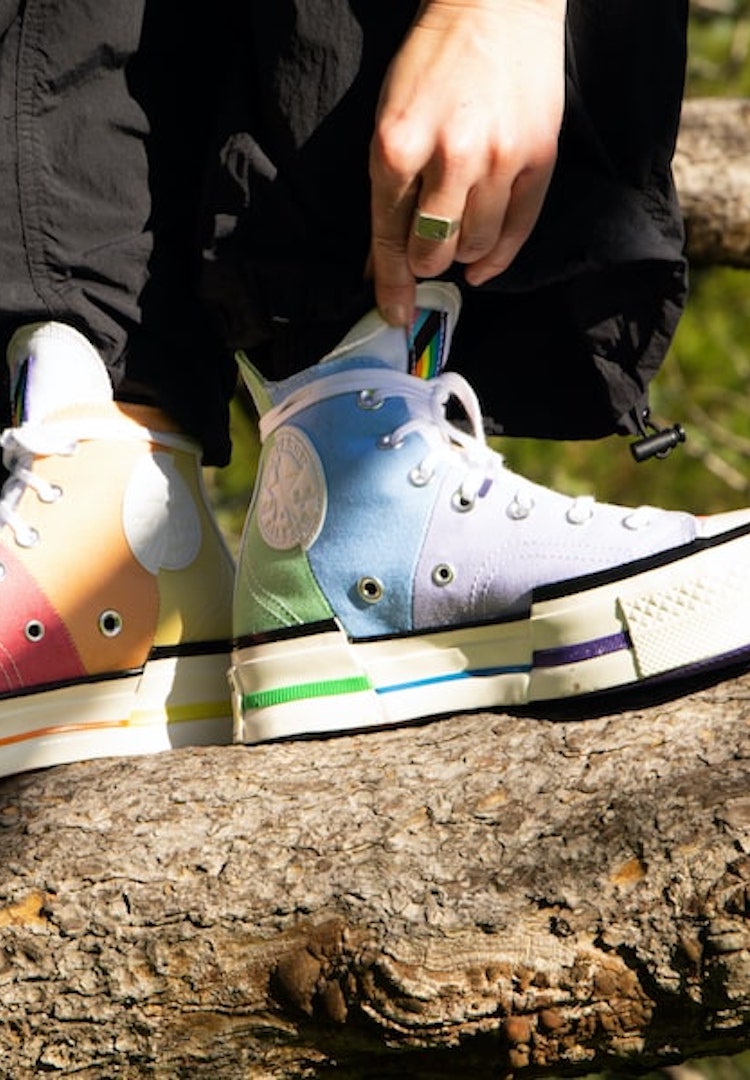What fashion week shows us about how we approach inclusion in Australian fashion
IMAGE VIA EVERY HUMAN
WORDS BY JASMINE WALLIS
After this year’s shows came to a close, a number of marginalised groups began speaking out.
While we Melburnians were confined to our houses (again), the rest of Australia’s fashion designers, editors, stylists and influencers flocked to the recently rebranded Afterpay Australian Fashion Week (AAFW).
After last year’s cancellation due to COVID, the first Sydney-based IRL fashion runways in over 12 months steamed ahead. The shows, designs, parties and street style snaps breathed life into an industry that has been decimated by the pandemic.
Keep up to date with Australian fashion here.
There were great (and much needed) wins such as First Nations Fashion and Design holding the inaugural AAFW Indigenous show. But as the week came to a close, a number of participants have also spoken up about a lack of inclusivity.
On Sunday, model Basjia Almaan who walked in the joyful Jordan Gogos show, posted a picture to Instagram commenting on Future of Fashion runway saying, “Whilst I’m incredibly proud of how hard I had to work to be on that runway stage, I’m pretty disappointed at how much of a process it was for space to be made for someone like myself.”
View this post on Instagram
The model continued, “This show was not diverse, it was tokenistic, and even though it was wonderful to see a range of models of different ethnicities and colour, models of different ages and curve models, it was all still so palatable. Yes, I’m a curve model but I’m still palatable.”
In the same post, Basjia asked where the textured hair was, where the afros were, and suggested that the lack of trans representation as well contributed to “no range and no flavour”. Model Kate Wasley also spoke out about the lack of size diversity at the fashion week in two Instagram posts telling the organisers to “stop hiding and do better”.
View this post on Instagram
“The diversity at AAFW was non-existent. I’m sick of people hiding behind the excuse ‘oh but Australia is a little behind the rest of the world’ why??? Catch up?!!” she wrote in her post.
View this post on Instagram
Others on social media pointed to the Future of Fashion runway where two models in wheelchairs got caught on the set props.
At the event produced by creative agency IMG Focus, Paralympian Rheed McCraken was wearing the athleisure brand P.E Nation while making his way up the runway (which appeared to be covered in colourful paper) when his wheelchair became stuck.
In a TikTok by user @theexampleau, we see Rheed get caught and maneuver around the prop only to become stuck again. During a later section of the show, another model in a wheelchair got caught on the exact same props. Camilla’s designer Camilla Franks jumped up and began to assist the model through the paper.
@theexampleauStressed out for #paralympian Rheed McCracken during this show… #australianathlete #fashionweekaus♬ Blade Runner 2049 – Synthwave Goose
When I asked disabled creator and activist Keely B‘s opinion on the events, she expressed her disappointment. “It isn’t inclusive if it isn’t accessible for disabled people. I don’t want to see disabled people struggle to use their mobility aids, that isn’t representation of disabled people.
As a creator in the fashion space, Keely knows attempts are being made, but feels as if disabled voices are not being heard. “The Australian fashion industry has so much money behind them, but it feels like the inclusion of disabled people is just a second thought.
“They [the Australian fashion industry] keep making attempts but continuously keep missing the mark. If they can’t even make a runway accessible, it’s scary to think about the wider inclusion in this industry. It really just shows that there isn’t any.”
Model and disability activist Jason Clymo explained how the absence of disabled people working behind the scenes can have wider ramifications.
“From experiencing the industry as a whole, if there’s not someone who’s asking or not someone who knows better behind the scenes… this stuff happens. That’s why the whole industry needs a shakeup in terms of their inclusion. Where are the creative directors that are people with a disability? Where are our disabled designers? Where’s our event managers that are disabled? And people who actually know better because they have lived experience.”
All of the Australian fashion industry has a long way to go before we’re even close to being truly inclusive. At the end of my conversation with Keely, she shares some advice that all of us working in the industry can benefit from.
“Listen to the very people you are hiring to be in your shows. So many people are asking for more. There are people making small changes, but it feels like it’s one step forward, and then 10000 back, on an inaccessible runway. We want to be part of this industry, but only if it’s accessible and inclusive to absolutely everyone.“
For further on how fashion can be more inclusive, head here.

